25th Nov 2022
News that another Pinot Noir-obsessed winemaker wants to craft the next DRC has become about as interesting as watching the painfully slow pour from a Coravin. If I never again have to hear about searches for limestone terroir, suitcase clones from you-know-where, and the quixotic pursuit of flavor ripeness at low alcohol in a hot climate, it’ll be too soon. But just when I thought the whole Burgundian saga was becoming way too predictable, along comes Adam Lee.
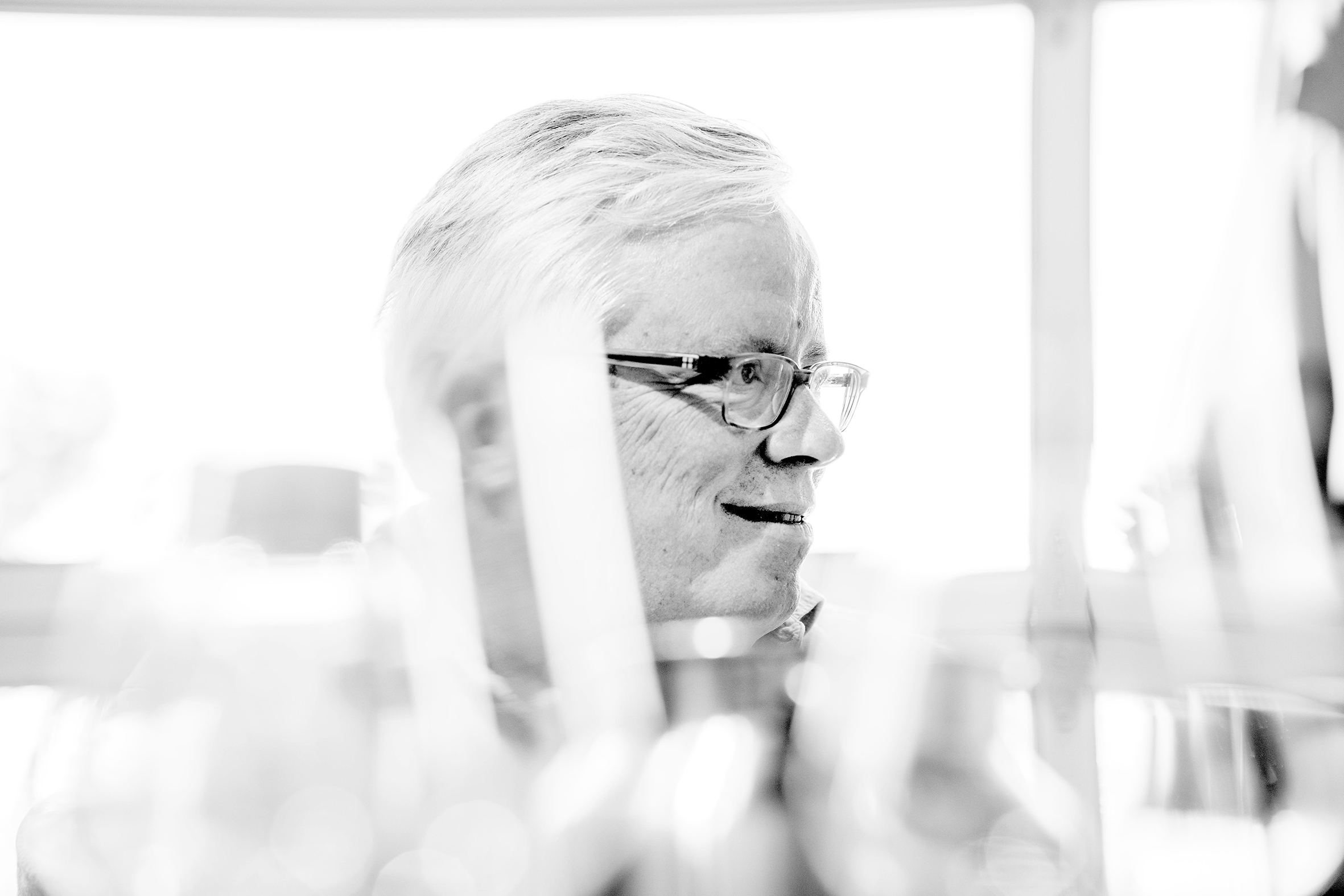
Along Comes Adam Lee
“To say that a Pinot Noir needs to be like Burgundy to be great is one of the most anti-Burgundian statements ever uttered,” says Adam. “A great Pinot Noir needs to be a reflection of the place and time in which it is grown, with just a modest amount of winemaker thrown in.”
The refreshing thing about Adam Lee is he doesn’t mince his words about wine or himself. He has strong views, and if you don’t like them, well, that’s just tough.
Adam’s love of Pinot Noir began before he had any plans to make wine. He grew up in Austin, Texas, in a strict Southern Baptist family and consequently never drank alcohol until he went away to Trinity University in San Antonio for college.
“I was a junior there,” he says, “when I started dating a young woman who was a senior and who, upon graduation, got a job in Northern California. I spent my summer with her, and we would spend some of our weekends going wine tasting. We thought we knew something about wine as we preferred Mondavi White Zin to Sutter Home. We did discover this one place where we loved to picnic. It was beautiful, with picnic tables overlooking vines and the river. And there, I discovered the first red wine of any kind that I enjoyed. In fact, I loved it. It was the 1984 Rochioli Pinot Noir. The love affair with the woman ended, but the love affair with Pinot Noir continues.”
"A great Pinot Noir needs to be a reflection of the place and time in which it is grown, with just a modest amount of winemaker thrown in."
After finding his way into the wine trade working at Austin Wine & Spirits and as a buyer for Nieman Marcus in Dallas, Adam came to California.
“Moving from retail to making wine—it wasn’t really a straight line. I left my job at Neiman Marcus and moved to California mainly to be part of all that was going on out here. My ‘plan’, to the extent there was one, was to be a wine writer. I was working in tasting rooms, writing a publication called Vintages, Vines & Wines, when Dianna (Adam’s ex-wife) and I decided to try our hand at making wine. I thought that if I was going to write about wine, I should at least have some experience making it. We started Siduri with $24,000.”
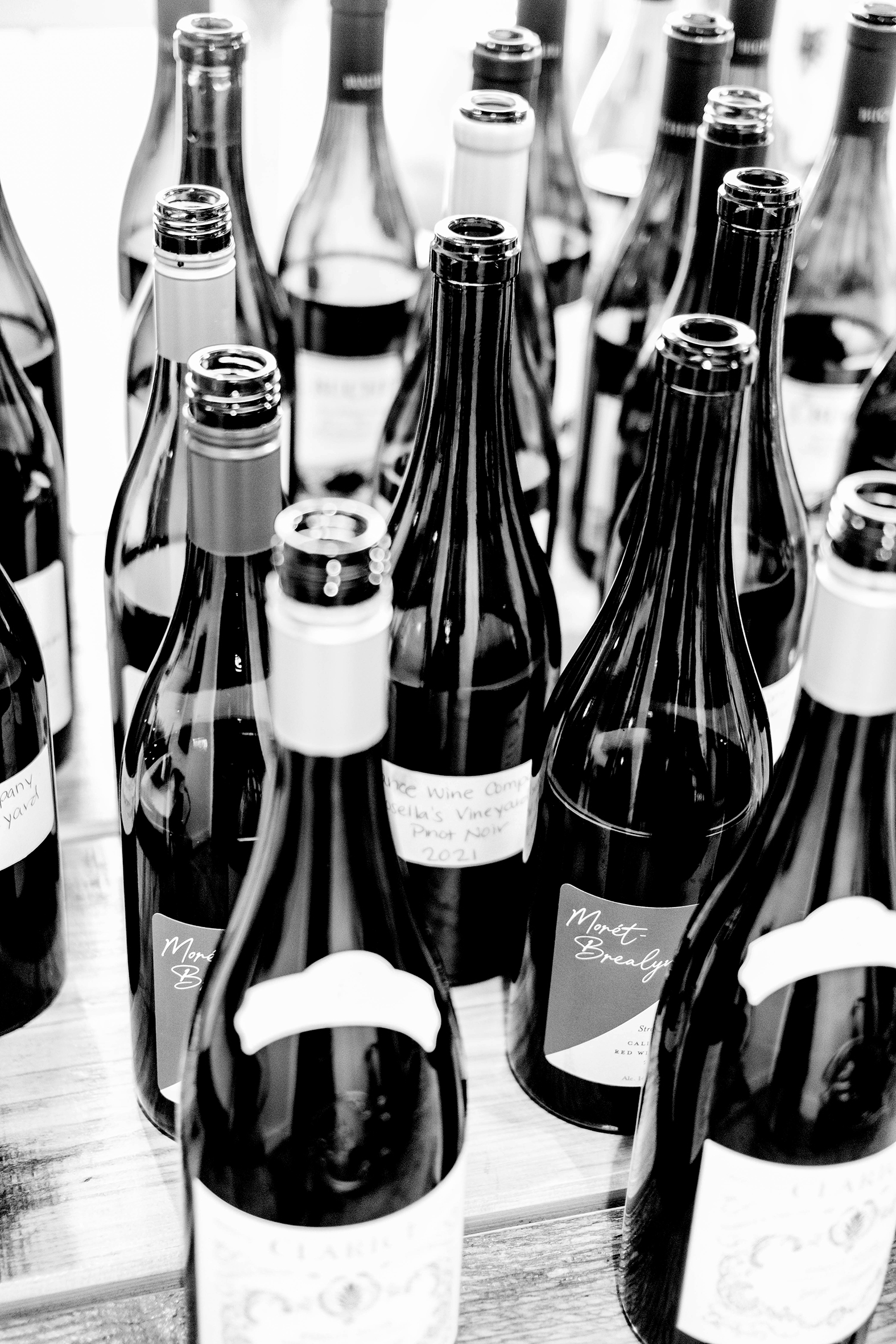
"I got into Siduri in 1994, knowing nothing."
Siduri turned out to be one of those wine brand success stories that entrepreneurs dream about.
“I got into Siduri in 1994, knowing nothing,” Adam confesses. “I made fairly lush wines that were easy to drink early on. We got to be a brand.”
The brand was successful enough to attract the discerning eye of Jackson Family Wines, owners of Vérité, Lokoya, and Cardinale. In 2015, Jackson Family purchased Siduri for an “undisclosed” sum, which usually means a lot. Today, Adam remains a consultant winemaker for Siduri.
“In my time at Siduri, I made three great Pinot Noirs,” he tells me. “The 1995 Hirsch, the 1999 Christian David, and the 2005 Pisoni. We will see with Clarice.”
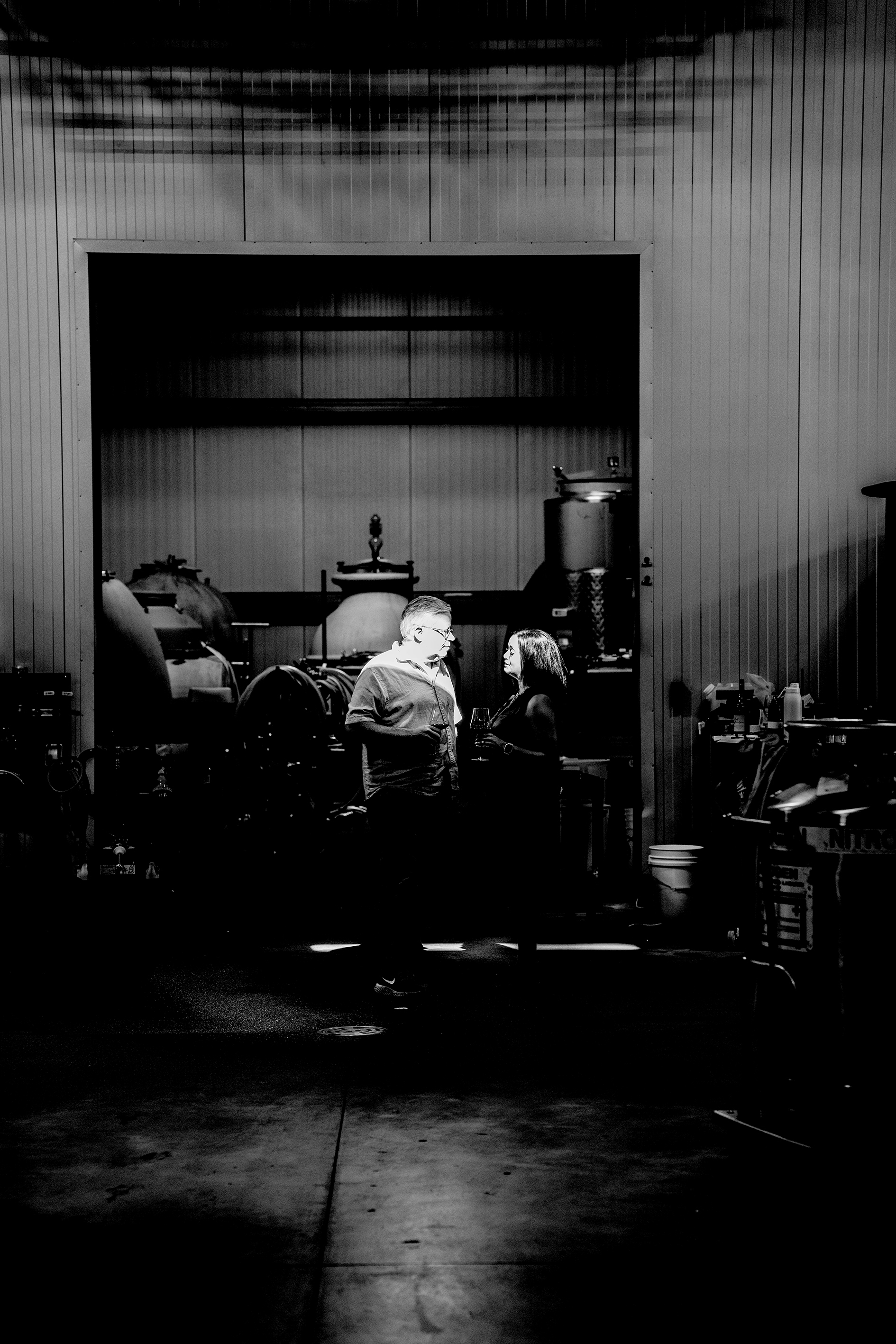
"I have a greater goal when it comes to Clarice. I want Clarice to be a place that grows a wine community."
Clarice is Adam’s next Pinot Noir chapter and something completely different. “When I started Clarice,” says Adam, “with the 2017 vintage, my winemaking goal was to make a wine that reflected the maturation of California’s Pinot Noir vines since I started making wine in 1994 and that also reflected the evolution of my way of looking at wine. But to be honest, I have a greater goal when it comes to Clarice. I want Clarice to be a place that grows a wine community. I want to promote other people’s wines. I host events for Clarice members at other wineries and oftentimes don’t even pour my wines. Clarice members get an opportunity to purchase these other wines at better prices or get an opportunity to buy library wines. I host trips to Oregon and Chateauneuf-du-Pape for members and introduce them to those wines. I try to do Zooms with people who are doing great and interesting things in the wine world, hoping that these things inspire them to deepen their enjoyment of wine.”
At Clarice, Californian Pinot Noir continues to be Adam’s muse. “The greatness that is Burgundy doesn’t come from a particular style of wine,” he tells me. “It comes from the fact that wines there reflect even the tiniest differences in place. Greatness in California Pinot Noir will come—and does already come—from a number of places. I’ve had great Pinots from the Sta. Rita Hills, from the Santa Lucia Highlands, Sonoma Coast, and Russian River Valley. I think those areas will continue to, on an occasional basis, produce amazing wines. I think the Santa Cruz Mountains is the area to watch right now, however….and perhaps Arroyo Grande, though I see fewer producers there, but, with climate change, it will retain a cool growing season and thus has a great shot.”
A few years ago, Adam started an unlikely collaboration with one of the Southern Rhône’s most famous winemakers, Philippe Cambie.
“I think I first met Philippe at Hospice du Rhône some years ago. But my first vivid memory of him was on a Siduri Cruise where one day was spent in the Southern Rhône. Our group was visiting Château de Vaudieu, and I was pulled aside to go out back and meet Philippe. There he was in the largest Bart Simpson shirt I’ve ever seen. We talked, and I later sent him some wine. Flash forward a few years, and Mike Officer (from Carlisle Winery) and I were visiting Châteauneuf-du-Pape, and we ended up having dinner at Philippe’s home. A lot of wine was shared, and, at one point, Philippe said, ‘Adam, I’ve always dreamed of making Pinot Noir.’ I loved the way he worded that, and when I returned to the States, I sent him an email asking him if he was serious and, if so, would he consider making Pinot Noir with me. I received a return email within 20 minutes asking how quickly we could get grapes.
Philippe’s way of making Pinot Noir was unlike anything I’ve ever heard of. And quite frankly, I know a lot of Pinot Noir makers, and his way of making wine shocks all of them. It involves an extremely long maceration (48 days on the skins), an unusual pump-around (circulation) regime, the use of a proprietary enzyme, the use of a non-saccharomyces yeast, and cooperage houses that are not usually used in Pinot Noir.
That is all very different than my hands-off, whole cluster (Philippe didn’t care for stems) approach to making Clarice. The first time I blended Beau Marchais with Philippe, in February 2020, we started by tasting the 2018 Clarice Pinot Noir. I distinctly remember Philippe remarking, ‘These are well-made wines…very well-made wines. I do not like them at all!’ That was very much Philippe. By making wines well, I had cleared every bar necessary for him. His liking them or not wasn’t the point.
We resolved the differences by me making the wines per Philippe’s direction. The world already had Clarice; it didn’t need another version of that. That being said, over time, I made some changes with Philippe’s approval. I thought it better that we inoculate for malo-lactic while in the tank during the extended maceration, and he paused then agreed. There were other similar examples where the wines were gradually becoming more of a blend of our wines rather than just Philippe’s Pinot Noirs. That is one of the things I regret the most, at least from a wine point of view—the possibility of what Philippe and I could have done in the future.”
In 2021, Philippe Cambie passed away.
"Without Philippe, the 2021s will be the last vintage of Beau Marchais."
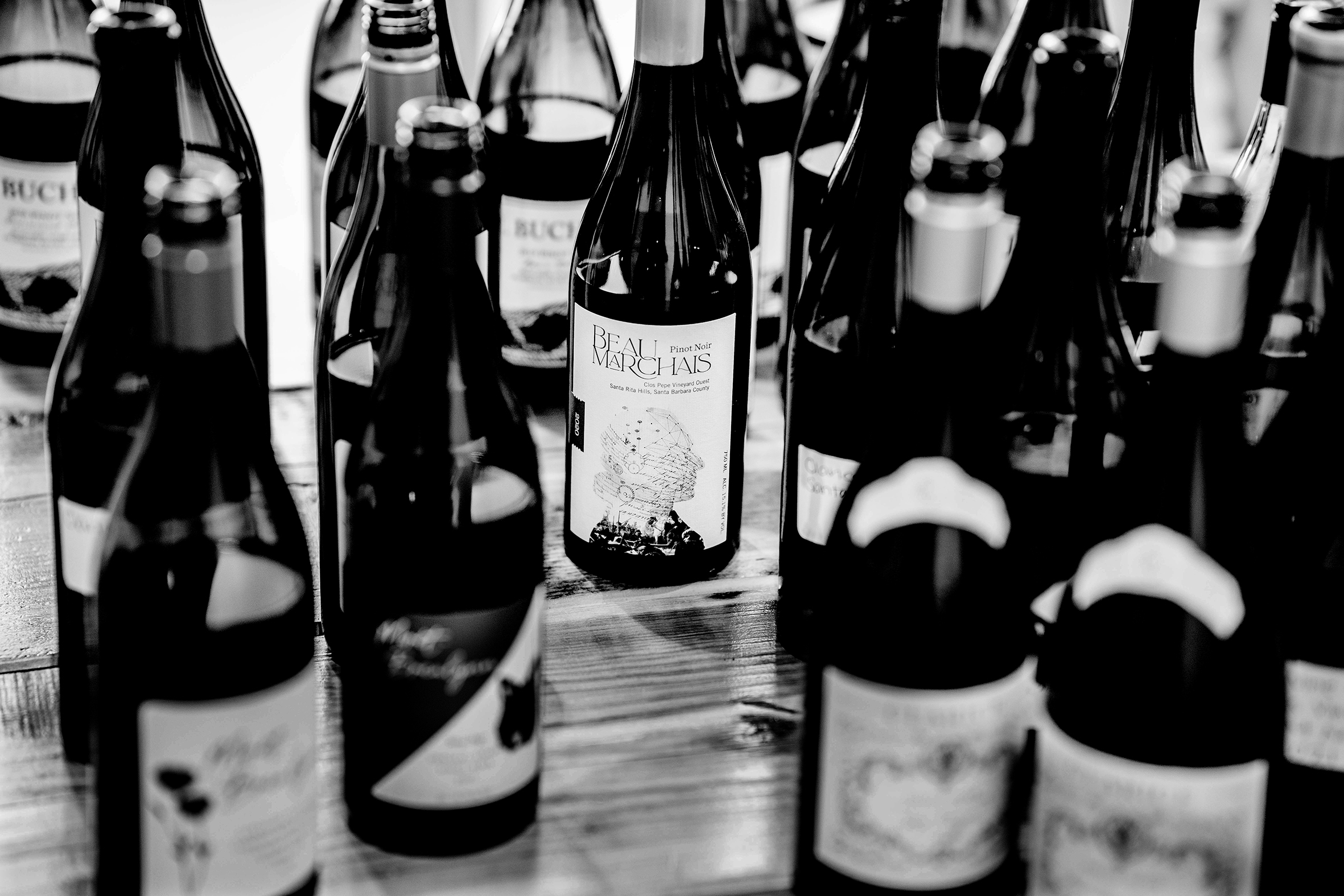
With so many Pinot winemakers chasing the Burgundian Holy Grail, a lot of Pinot Noirs from around the world have become disappointingly samey. Along comes Adam Lee. It is interesting to taste Clarice and Beau Marchais side-by-side. Although these Pinot expressions are very different, the fascinating characteristic they both possess is how the wines embrace where they are from rather than trying to look like they come from somewhere else. Clarice uses more traditional Burgundian methods, while Beau Marchais pushes the boundaries of how Pinot can be crafted.
These are age-worthy Pinots for those seeking high-quality, sincere expressions of time and place with a dash of the winemaker’s interpretation.
-
Article & Reviews by Lisa Perrotti-Brown MW
Photos by Johan Berglund
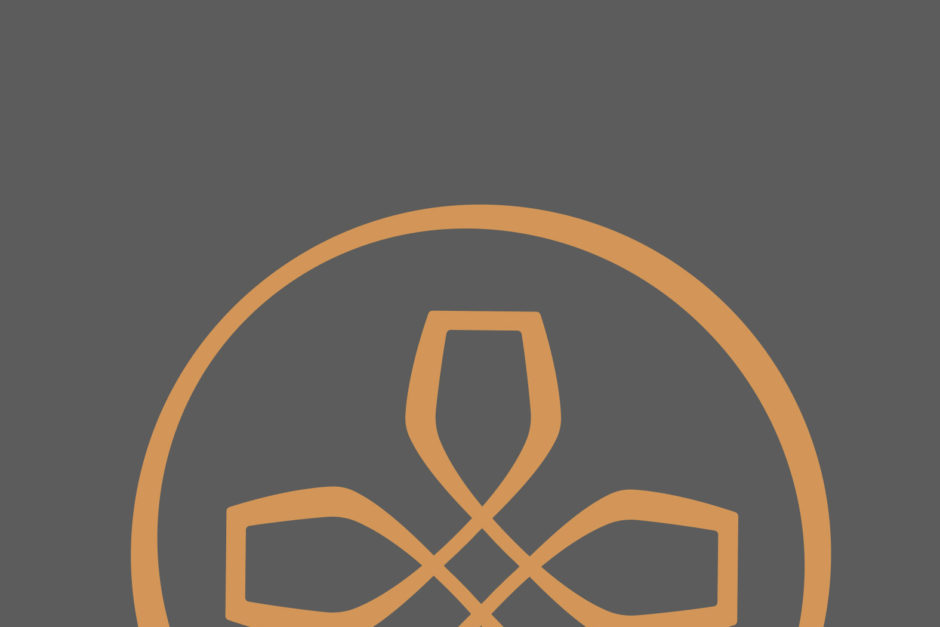
PRODUCERS IN THIS ARTICLE
> Show all wines sorted by scoreMore articles

Bordeaux 2023 Vintage Report and Reviews from Barrel
09th May 2024
649 tasting notes

Cathiard Vineyard New Releases
02nd May 2024
3 tasting notes
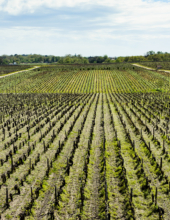
Bordeaux 2023 Preliminary Vintage Report and Reviews from Barrel
29th Apr 2024
56 tasting notes

2021 Bordeaux in Bottle and A Modest Proposal
24th Apr 2024
599 tasting notes
Show all articles